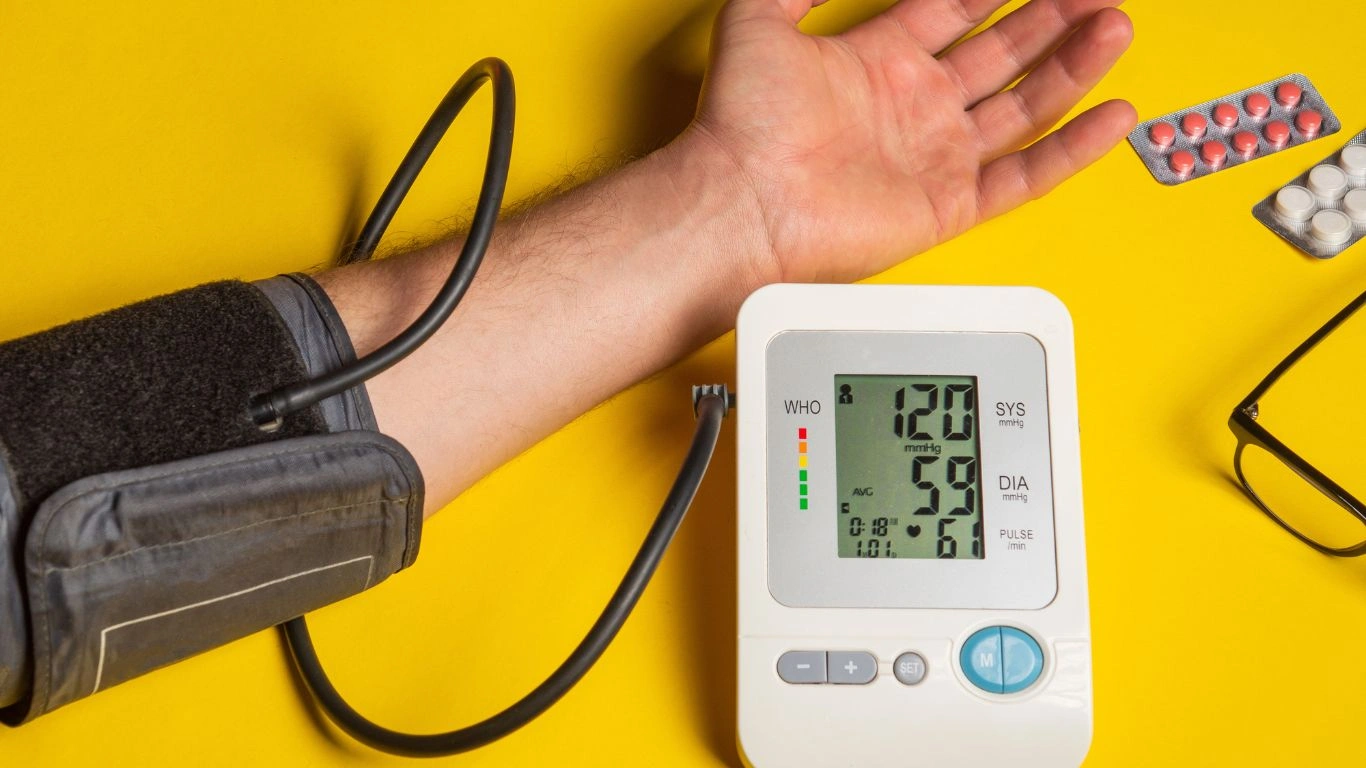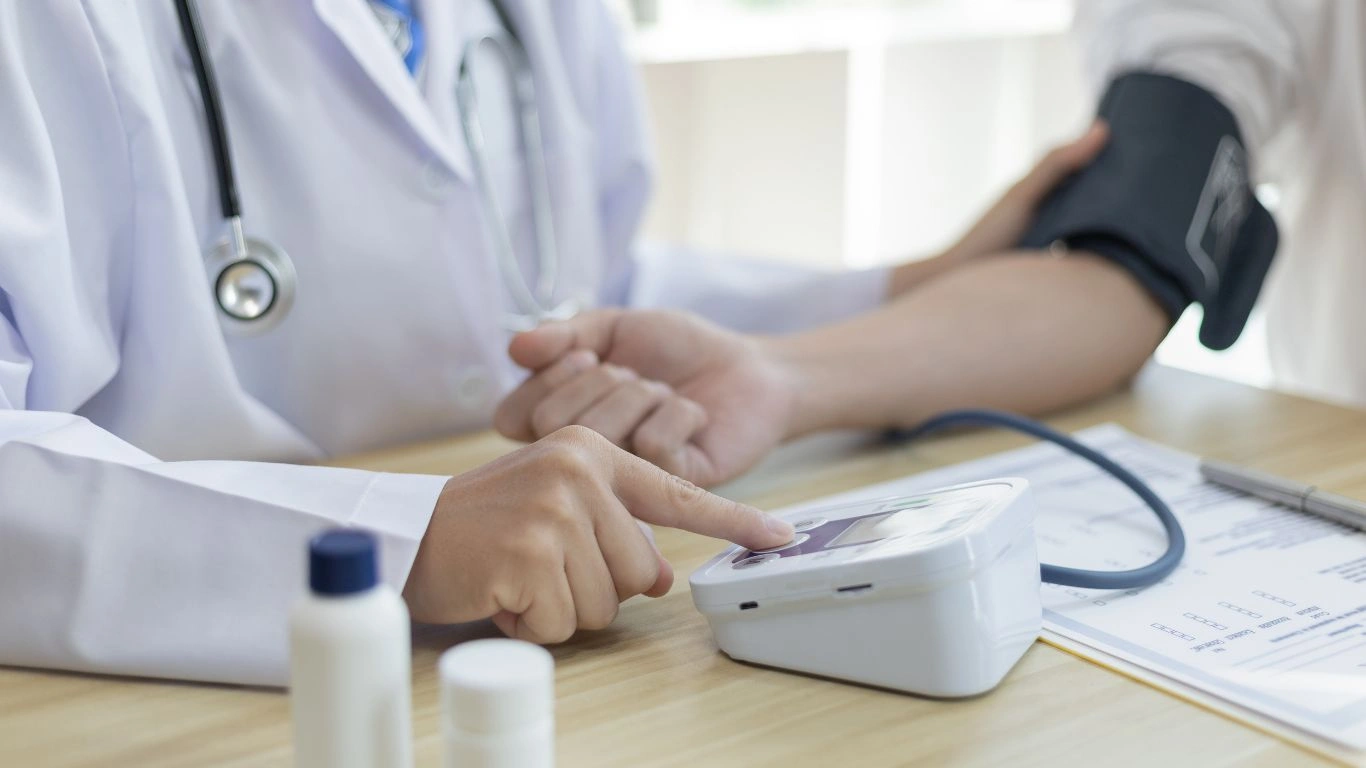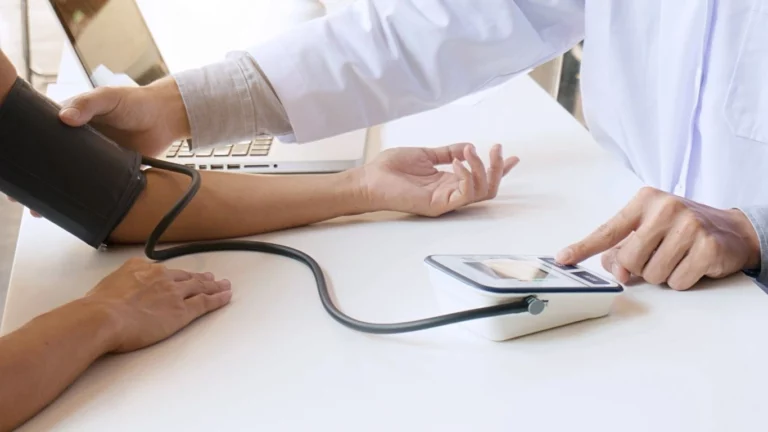Best Nuts and Seeds for Hypertension – Heart-Healthy Snack Ideas
Managing hypertension doesn’t always require medications. Sometimes, the best solution is as simple as what you snack on! Nuts and seeds are packed with nutrients that can help lower your blood pressure naturally, making them an awesome addition to your diet. Let’s take a deep dive into the best nuts and seeds for hypertension and how they can help keep your heart healthy!
Why Nuts and Seeds Are Great for Hypertension
So, what’s the deal with nuts and seeds? Why are they considered heart-healthy? Well, they’re rich in nutrients that have been shown to help regulate blood pressure. Here’s a quick breakdown of why they’re so good for your heart:
- Healthy Fats: Nuts and seeds are loaded with unsaturated fats, which can help lower LDL cholesterol (the “bad” cholesterol) and improve overall heart health.
- Magnesium: This mineral helps relax blood vessels, which can contribute to lowering blood pressure. Magnesium is essential for heart health, and nuts and seeds are a great source!
- Potassium: Potassium helps balance out sodium in the body, which is crucial for keeping your blood pressure at a healthy level. Many nuts and seeds are naturally high in potassium.
- Fiber: High fiber content in nuts and seeds can support digestion and contribute to overall cardiovascular health by helping to reduce cholesterol and regulate blood sugar.
Now that you know why these snacks are so heart-friendly, let’s dive into the best ones for hypertension!
Best Nuts and Seeds for Hypertension
1. Almonds
Almonds are a powerhouse when it comes to heart health. They’re high in healthy fats, fiber, and magnesium—all key players in lowering blood pressure. Studies have shown that eating just a handful of almonds a day can help reduce both systolic and diastolic blood pressure. You can snack on them as is, or add them to salads, yogurt, or oatmeal. But be mindful of portion sizes—they’re calorie-dense, so a small handful (about 1 ounce) is plenty. 
2. Walnuts
Walnuts are another great choice for lowering blood pressure. They’re packed with omega-3 fatty acids, which help fight inflammation and improve heart health. Plus, they’ve got antioxidants that can reduce oxidative stress, which can negatively affect blood pressure. A simple way to incorporate walnuts into your diet is by tossing them in your smoothie, using them in baking, or enjoying them as a snack.
3. Pistachios
Pistachios are a fun and heart-healthy snack. They’ve been shown to help lower blood pressure, especially in people who have high blood pressure to begin with. One study found that eating pistachios as a snack reduced systolic blood pressure more effectively than other snacks. Snack on a handful of pistachios, or sprinkle them on top of a salad for an extra crunch! 
4. Flaxseeds
Flaxseeds are tiny but mighty when it comes to heart health. They’re a great source of omega-3 fatty acids, fiber, and lignans—plant compounds that have antioxidant properties. All of these work together to support healthy blood pressure levels. To get the full benefits, ground flaxseeds are best. You can easily add them to smoothies, oatmeal, or yogurt.
5. Chia Seeds
Chia seeds are another excellent choice. They’re packed with omega-3 fatty acids, fiber, and protein, and have been shown to help lower blood pressure by improving blood vessel function. Chia seeds are super versatile. You can mix them into your smoothie, make chia pudding, or even add them to baked goods.
6. Sunflower Seeds
Sunflower seeds are not only delicious but also packed with magnesium, vitamin E, and healthy fats. Magnesium, in particular, is important for regulating blood pressure. Regular consumption of sunflower seeds has been linked to lower blood pressure in studies. Snack on them straight from the bag, or sprinkle them on salads and cereals. Just keep an eye on portion sizes, as they can be high in calories. 
How to Include Nuts and Seeds in Your Diet
It’s easy to see that nuts and seeds are great for managing hypertension, but how can you add them to your meals? Here are a few simple ideas:
- Morning Oatmeal: Add a handful of walnuts, almonds, or flaxseeds to your morning oatmeal for a heart-healthy start to the day.
- Snack on Them: A small handful of nuts or seeds makes for a satisfying, healthy snack. Pair them with fruit or yogurt for an added nutritional boost.
- Smoothies: Add a tablespoon of chia or flaxseeds to your smoothie for extra fiber and omega-3s.
- Salads: Sprinkle sunflower seeds or pistachios on your salads for added crunch and heart-healthy fats.
- Baking: Incorporate ground nuts and seeds into your baking. They add flavor and nutrition to muffins, pancakes, and breads.
Additional Tips for Managing Hypertension
While incorporating nuts and seeds into your diet can be a game-changer for managing blood pressure, there are other lifestyle changes that can help too:
- Reduce Salt Intake: Cut back on sodium-rich foods, as too much salt can elevate blood pressure.
- Exercise Regularly: Getting active helps improve heart health and can lower blood pressure over time.
- Eat More Fruits and Veggies: A diet rich in fruits and vegetables is essential for heart health and can help keep your blood pressure in check.
Appendices
FAQs
Here are some common questions about nuts and seeds for hypertension:
- How many nuts should I eat each day for hypertension? A small handful (about 1 ounce) is a great daily serving size for most nuts.
- Can I eat salted nuts if I have high blood pressure? It’s best to stick to unsalted nuts. Excessive sodium can increase blood pressure, so go for the raw or unsalted versions.
- Are chia seeds safe for hypertension? Yes, chia seeds are an excellent choice for managing blood pressure, thanks to their omega-3 content.
- Can eating nuts alone lower my blood pressure? Nuts can certainly help, but they’re most effective as part of a balanced, heart-healthy diet that includes other lifestyle changes.
- What’s the best time of day to eat nuts for lowering blood pressure? You can enjoy nuts at any time of the day. They’re great as a snack between meals or as part of your main dishes.
References
For more detailed info on managing hypertension with diet, check these sources:
- American Heart Association (2023). “The Benefits of Nuts for Heart Health.” Read Article
- National Institutes of Health (2024). “Dietary Tips for Managing Hypertension.” Read Article
- Journal of Hypertension Research (2022). “The Role of Omega-3s in Blood Pressure Regulation.” Read Article
Disclaimer: This article is for informational purposes only and should not be considered medical advice. Always consult with a healthcare professional for personalized recommendations regarding hypertension and dietary changes.

Dr. Gwenna Aazee is a board-certified Internal Medicine Physician with a special focus on hypertension management, chronic disease prevention, and patient education. With years of experience in both clinical practice and medical writing, she’s passionate about turning evidence-based medicine into accessible, actionable advice. Through her work at Healthusias.com, Dr. Aazee empowers readers to take charge of their health with confidence and clarity. Off the clock, she enjoys deep dives into nutrition research, long walks with her rescue pup, and simplifying medical jargon one article at a time.






